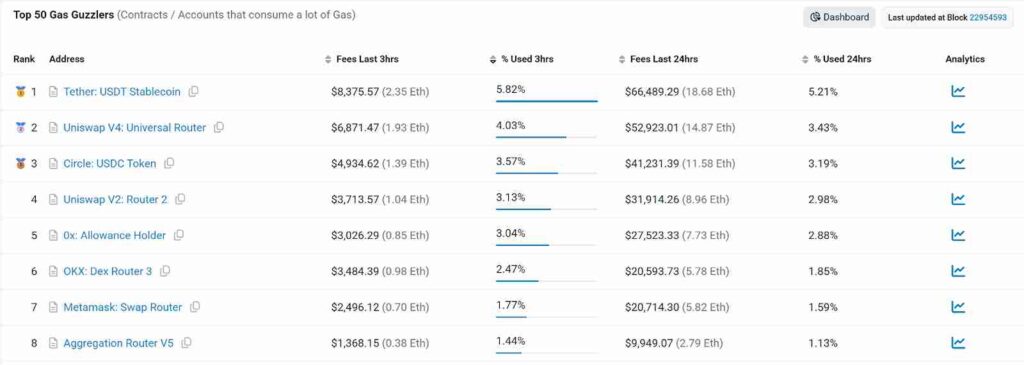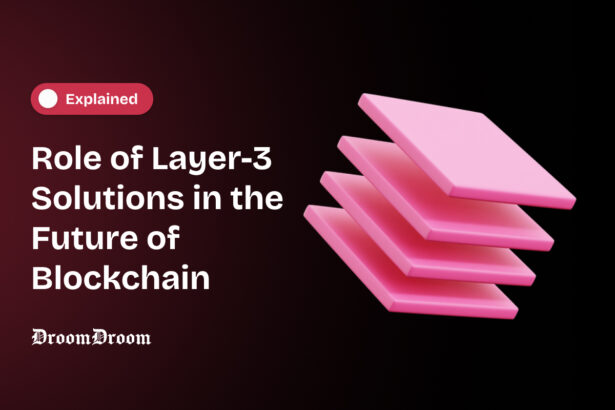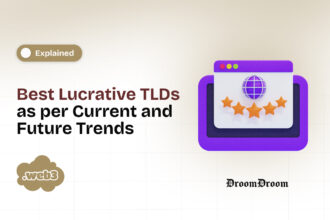Layer-3 refers to application-specific blockchain solutions that provide a very high speed of transactions at a very low cost. These solutions cater to a specific niche, unlike the general application Layer-2 solutions. However, just like Layer-2, they also rely on Layer-1 blockchains, such as Ethereum, Solana, and Tron, among others, to secure their respective chains.
In this article, we will explore the role played by Layer-3 solutions in scaling blockchains in light of developments like Pectra Upgrade.
What is Layer-3? How Does it Work?
Layer-3 is a term used to refer to application-specific scaling solutions built on top of layer-1 and layer-2 solutions, and provides further scaling on top of layer-2. These solutions are often application-specific, multi-chain, and benefit from nested scaling.
Layer-3 solutions were developed to serve application-specific problems. They provide further scaling for specific needs such as gaming, processing low-value transactions, yield farming, high-speed crypto scalping, metaverse operations, on-chain trading applications, and many other similar needs. All of the work done by layer-3 solutions is performed for a specific application, unlike layer-2, which is for generic use and processes all kinds of transactions.
Besides their specific usage, layer-3 chains also provide cross-chain interoperability. They are usually deployed across multiple chains in the same ecosystem. For example, Uniswap is a DeFi-specific layer-3 solution built on Ethereum. The application serves nearly all chains for DeFi operations like lending, borrowing, yield farming, etc.
Layer-3s like Uniswap cannot be classified as layer-2 despite being built on Ethereum because they work in the same way as layer-2s like Arbitrum, Polygon, Base, Polygon zkEVM, and Optimism.
One more aspect that differentiates layer-3s from layer-2s is their ability to perform nested scaling. This is a method of scaling that takes place on top of layer-2s.
For example, let’s assume there are 10 transactions on each block of each layer-1, layer-2, and layer-3 chains. Also, take that a layer-1 transaction costs $1. So, when each layer-2 block is processed on a layer-1 chain, which contains 10 transactions (of layer-2) per block, then each transaction on layer-2 costs 1/10th of a dollar or 10 cents. Similarly, when layer-3 is used, each 10 transactions of layer-3 is rolled as a layer-2 transaction, and therefore, the cost of each layer-3 transaction is 1 cent.
Therefore, layer-3 transactions are the cheapest due to nested rollups.
For more information on how rolling works, check out this guide.
Future of Layer-3s
Besides blockchain scaling, layer-3s are utilized in applications such as blockchain interoperability, where they can be combined with PayFi solutions to facilitate the cross-chain transfer of assets for end-users.
Scaling
Layer-2 chains can scale as much as their block size limits. However, with nested scaling, they can scale by the same factor as between layer-1s and layer-2s. This is why layer-3s are the largest consumer of gas in the Ethereum blockchain.

Cross-Chain Interoperability
A dApp built on the concept of a layer-3 network can utilize cross-chain frameworks like Chainlink’s CCIP to create easy transfer channels between multiple chains. CCIP currently works across 66 blockchains, including Ethereum, Solana, BNB, and most layer-2 chains.
Payment-Specific dApps
The vision of PayFi applications is to develop a framework that enables users to leverage the power of dApps for easy cross-chain payments. Solana and Shareium are a few blockchains where the usage of PayFi has already been conceptualized.
Layer-3s can provide a fast, reliable, and secure solution in the form of payment dApps that can provide cross-chain transfers and have a unique standardized way of payments. This can be achieved either via QR codes or human-readable addresses.




















